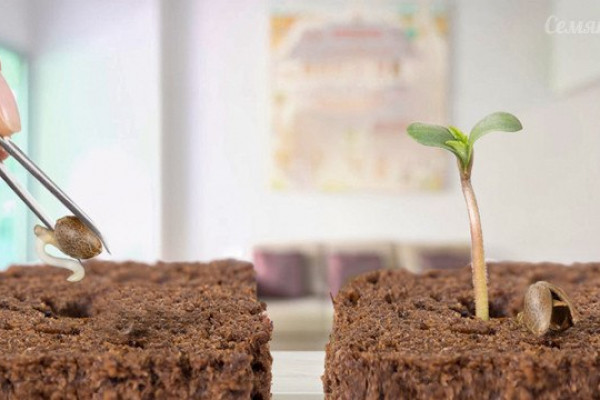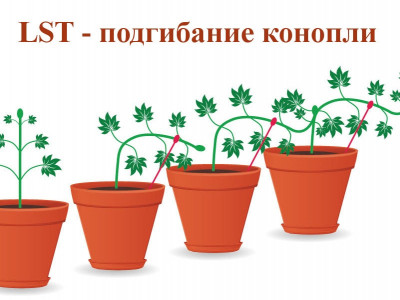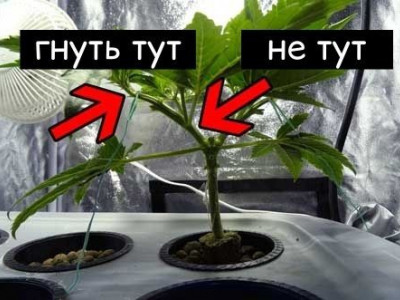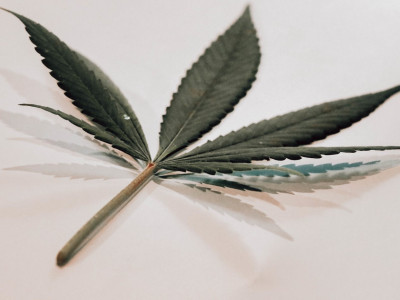0.00 грн.
CheckoutTransplanting hemp seedlings

Sooner or later, every grower faces a test: they need to make sure that the transplantation of germinated marijuana is as stress-free as possible for the plants and the cannabis grower himself. When ordinary tomatoes are at stake, almost no one has any excitement from the upcoming process, but the life of precious “plants” touches the rastaman heart much more, which is why so many questions arise: when to transplant hemp seedlings on the street, how to harden, etc. In this article, Coffeeshop® shares the secrets of professional grow that will be useful for both cannabis and, by the way, tomatoes.
How to prepare cannabis seedlings for transplanting
Remember that for cannabis sprout transplantation is an important life stage. During this period, the main “functions” of the plant are laid: the amount of harvest depends on how successful the vegetation will be. While you have not yet transplanted the bush into the outdoors, you should prepare it for life in new conditions.
- Observe the temperature regime of 22-28 °C. If during the period of intensive development the plant is exposed to too high temperatures, it will grow intensively, but will not have time to “adjust” the internal processes to the changes, which means it will turn out to be too pampered. At low temperatures, development slows down and the risk of disease increases.
- Water sparingly. Water the plant at room temperature in the morning. If you use tap water, then let it stand in an open container for at least a night.
- Harden off the sprout. Experienced gardeners claim that transplanting cannabis seedlings outdoors without hardening is a direct path to the death of the crop. Sprouts, softened by home stability, simply will not take root in a changeable external environment. Plants harden gradually: at first, it is enough just to open the window, then to take the bush out onto the balcony or outside for an hour or two and gradually increase the time in the fresh air. About 5 days before planting, you can leave the sprout on the street for a whole day. During this period, it is better to reduce the number of watering. The day before transplanting marijuana seedlings into open ground, the plant is not watered. Water makes the stem and root system too fragile and vulnerable to mechanical damage.
The less you damage the roots, the better. Professional growers tend to buy pots for marijuana and grow bugs, thanks to which the growth and transplant process of plants occurs as comfortably as possible.
If you see that the sprout looks oppressed, lags behind the rest, has an unhealthy color, then do not rush to transplant marijuana in the open field. It will be more useful for a seedling to stand in its native environment for several days in order to acquire a healthy look than to move into unfamiliar conditions in even more stress.
How does a cannabis transplant begin?
Of course, with the determination that the plant is ready. It is not worth thinking about transplanting cannabis seedlings until the cannabis has a second floor of leaves, and it becomes cramped in the starting pot. At the moment when you get a sprout, the earth should be held by a developed root system without shedding.
When a plant is in a small pot for too long, its roots begin to branch out in circles, forming a dense base. Water does not pass well through it, and the roots themselves can rot. If you find this when transplanting marijuana seedlings, you can carefully loosen the root system, and only then place the sprout in a new place.
How to transplant cannabis
- Prepare a container or place outside. Transplant in the same soil mixture in which the seedling grew.
- Use mycorrhiza - fungi that form a symbiosis with the roots of the plant and help it take root. Put them in a hole in the ground.
- Turn the potted plant upside down so that the soil around the root system is in the palm of your hand. Gently place the cannabis into the hole, add some soil and tamp down.
- Water generously.
You can bury the plant down to the level of the cotyledon leaves. In this part of the trunk, new roots are formed that will hold the tall stem even in strong winds. When transplanting marijuana seedlings into open ground, this is very important.


